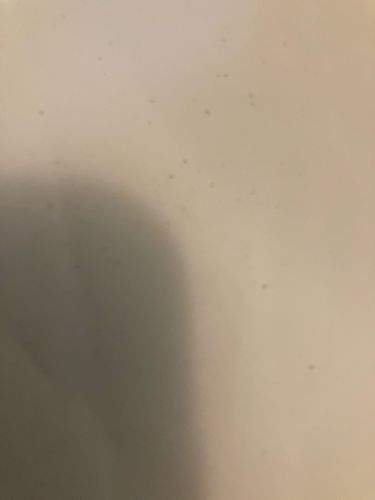Fungus gnat
Scientific Name: Various genera, commonly Bradysia spp. (Sciaridae) or Mycetophila spp. (Mycetophilidae)
Order & Family: Order: Diptera, Family: Sciaridae (dark-winged fungus gnats) or Mycetophilidae (true fungus gnats)
Size: Adults are typically 1/8 to 1/4 inch (2-4 mm) long, slender, and dark-bodied. Larvae are whitish and legless with a distinct black head, up to 1/4 inch (6 mm) long.

Natural Habitat
Moist soil in potted plants (indoor and outdoor), greenhouses, growing media, compost piles, and other areas with high humidity and decaying organic material.
Diet & Feeding
Adult fungus gnats typically do not feed or feed on liquids. Larvae primarily feed on fungi, decaying plant matter, and plant roots, especially fine root hairs.
Behavior Patterns
Fungus gnats are attracted to moist environments and decaying organic matter. Adults are weak fliers and tend to stay close to potted plants or other breeding sites. Larvae feed on fungi and decaying plant material in the soil. Their entire life cycle can be as short as 17 days, leading to rapid population growth.
Risks & Benefits
Potential Risks: Fungus gnat larvae can damage plant roots, especially in seedlings and young plants, leading to wilting, stunted growth, and yellowing. In severe infestations, they can kill plants. Adults are a nuisance. Potential Benefits: In natural ecosystems, they contribute to decomposition processes.
Identified on: 8/20/2025